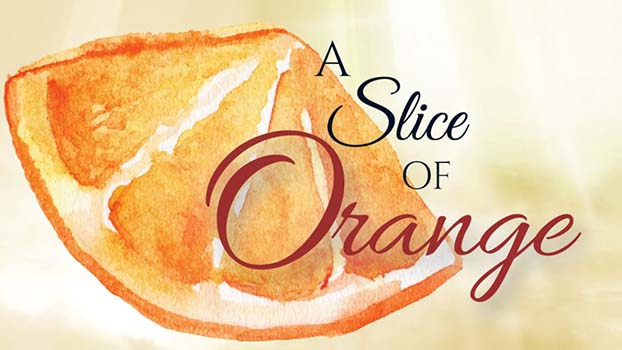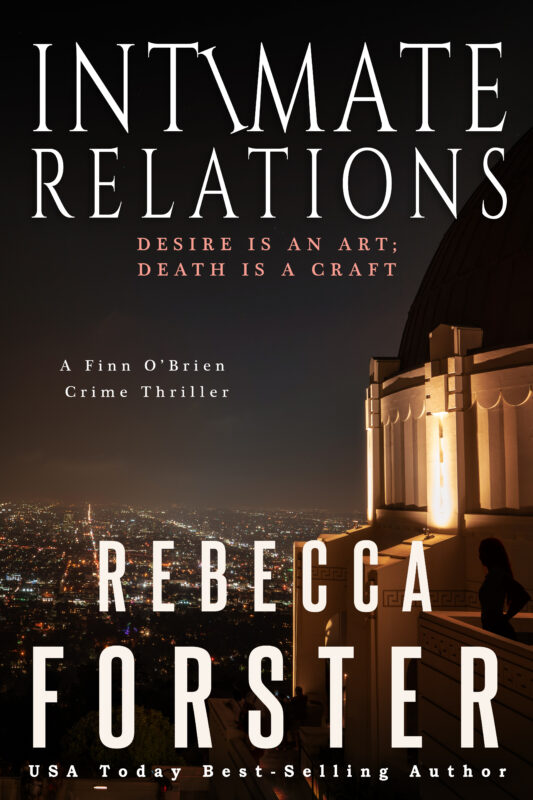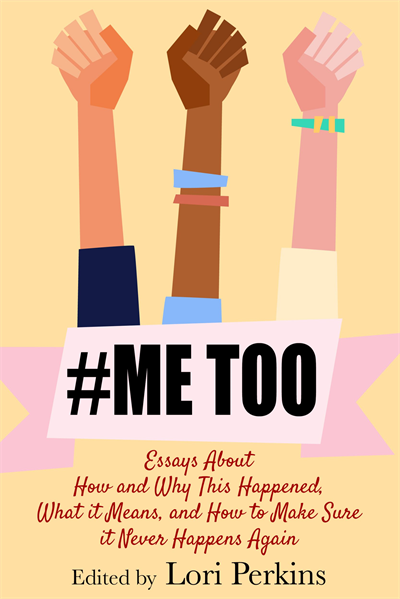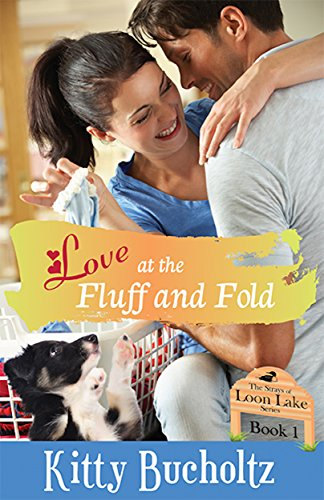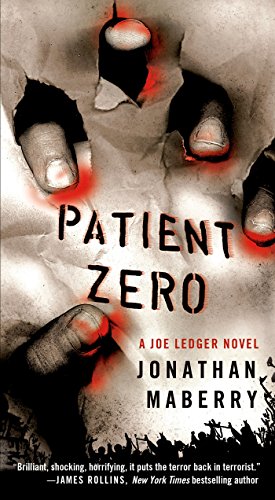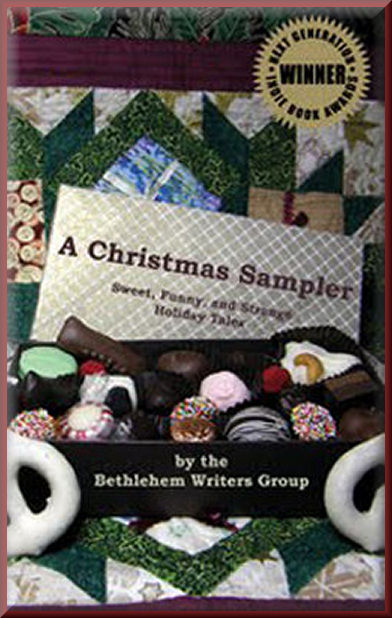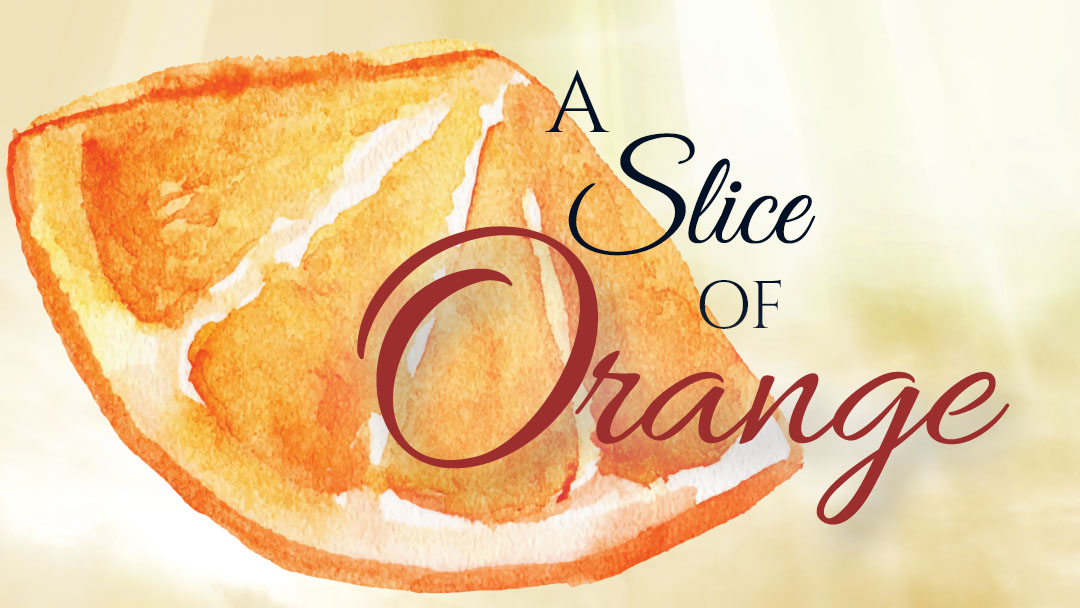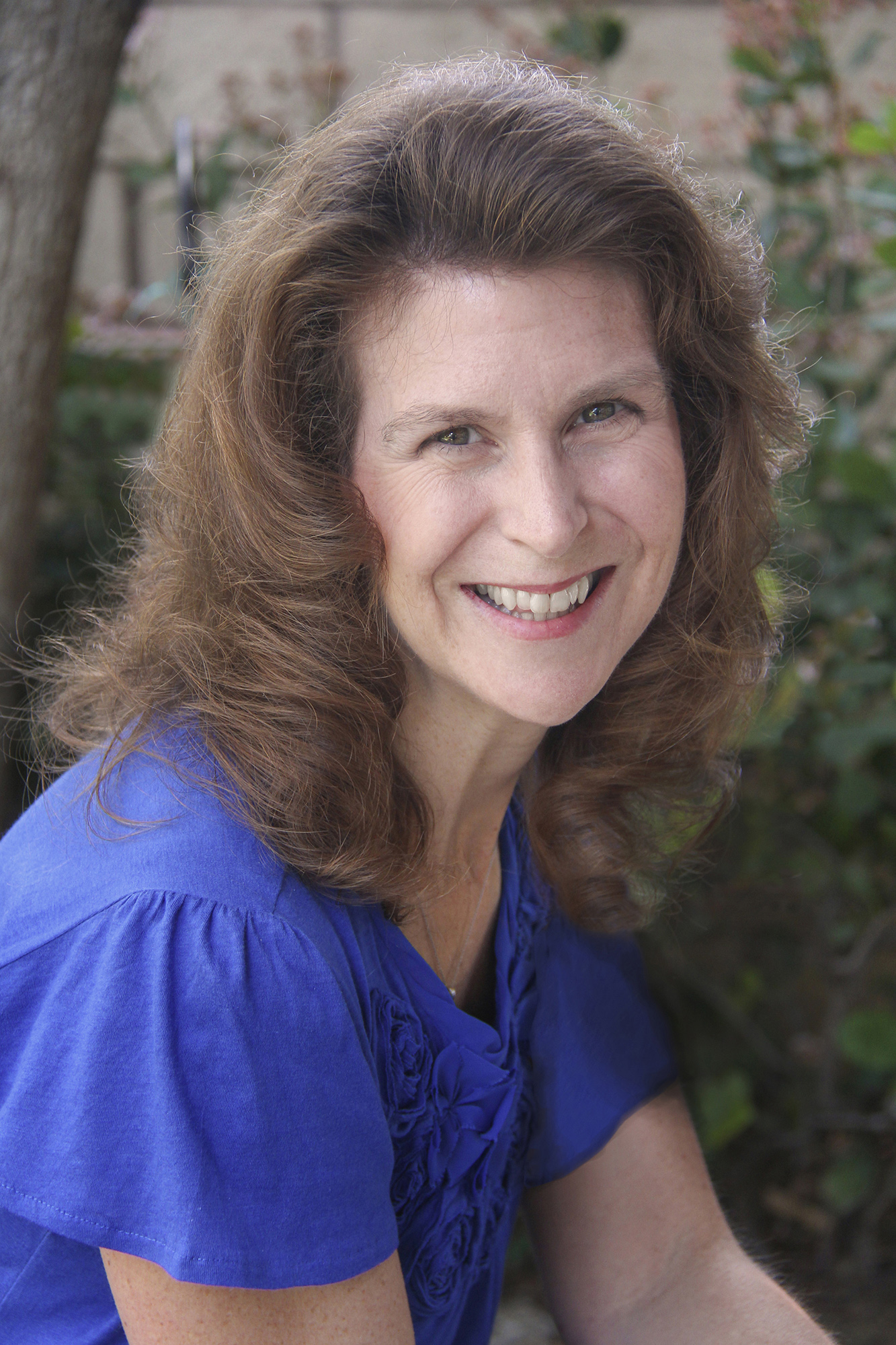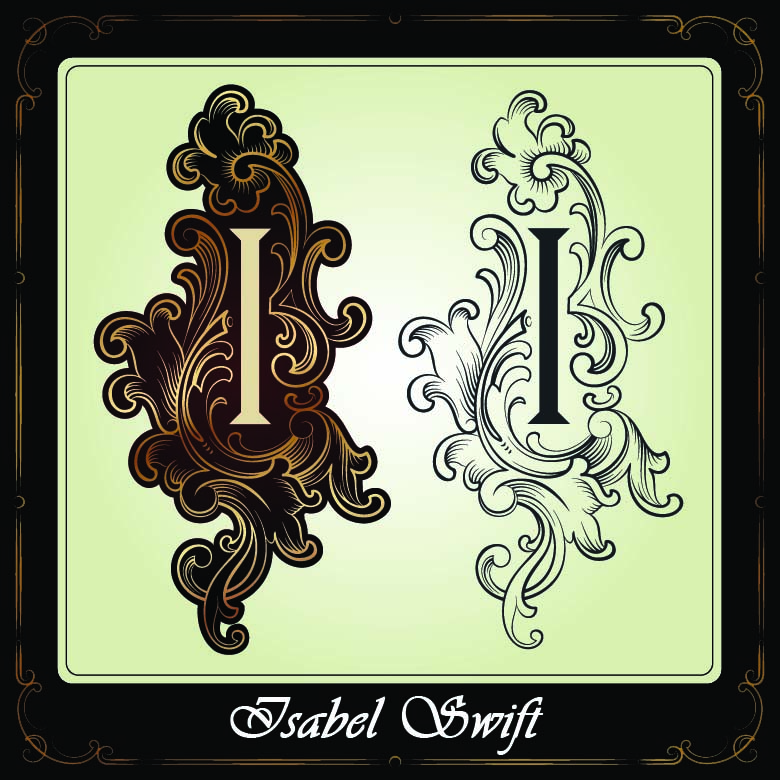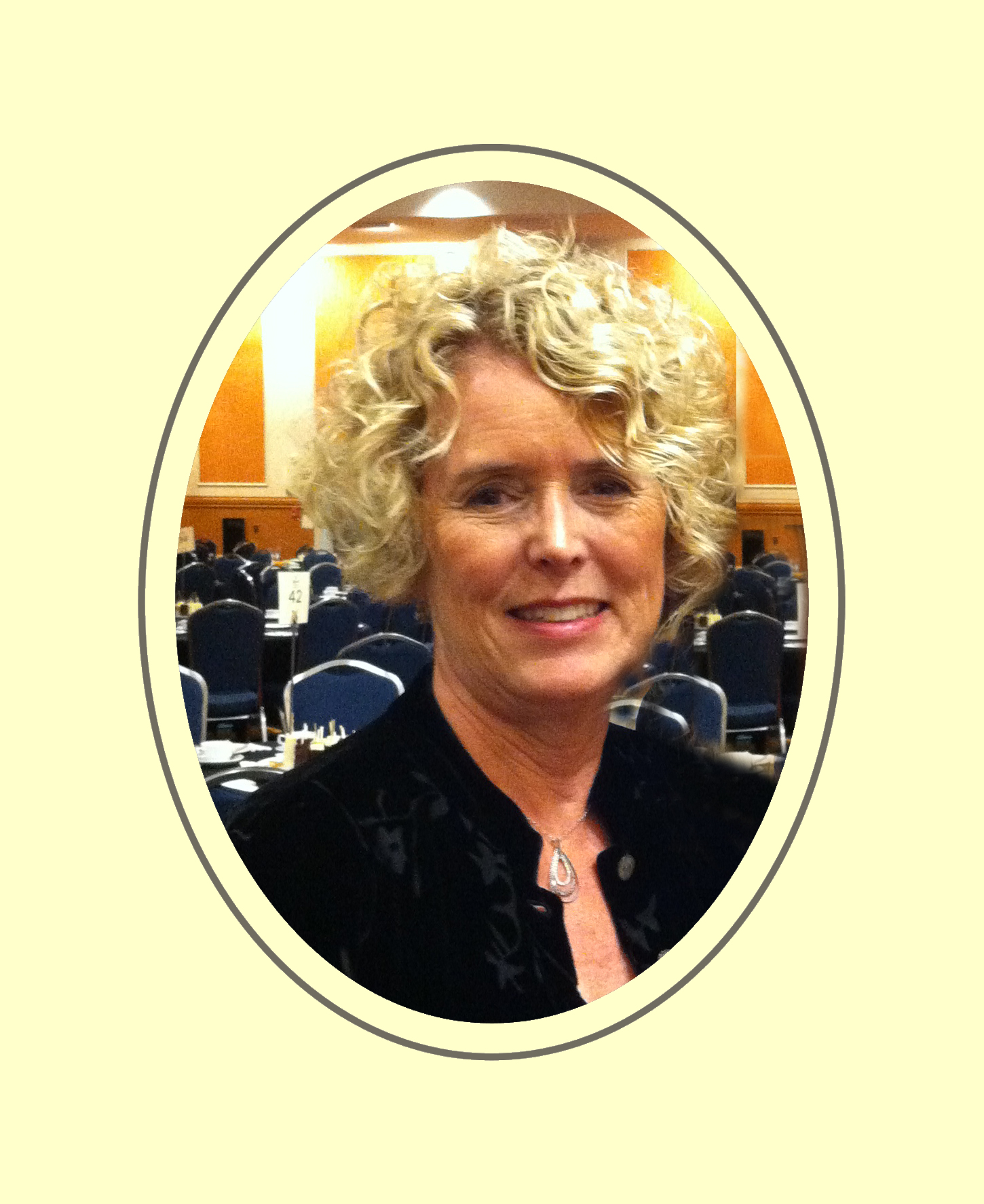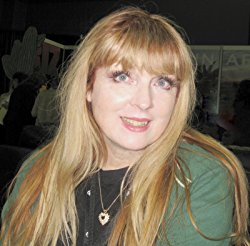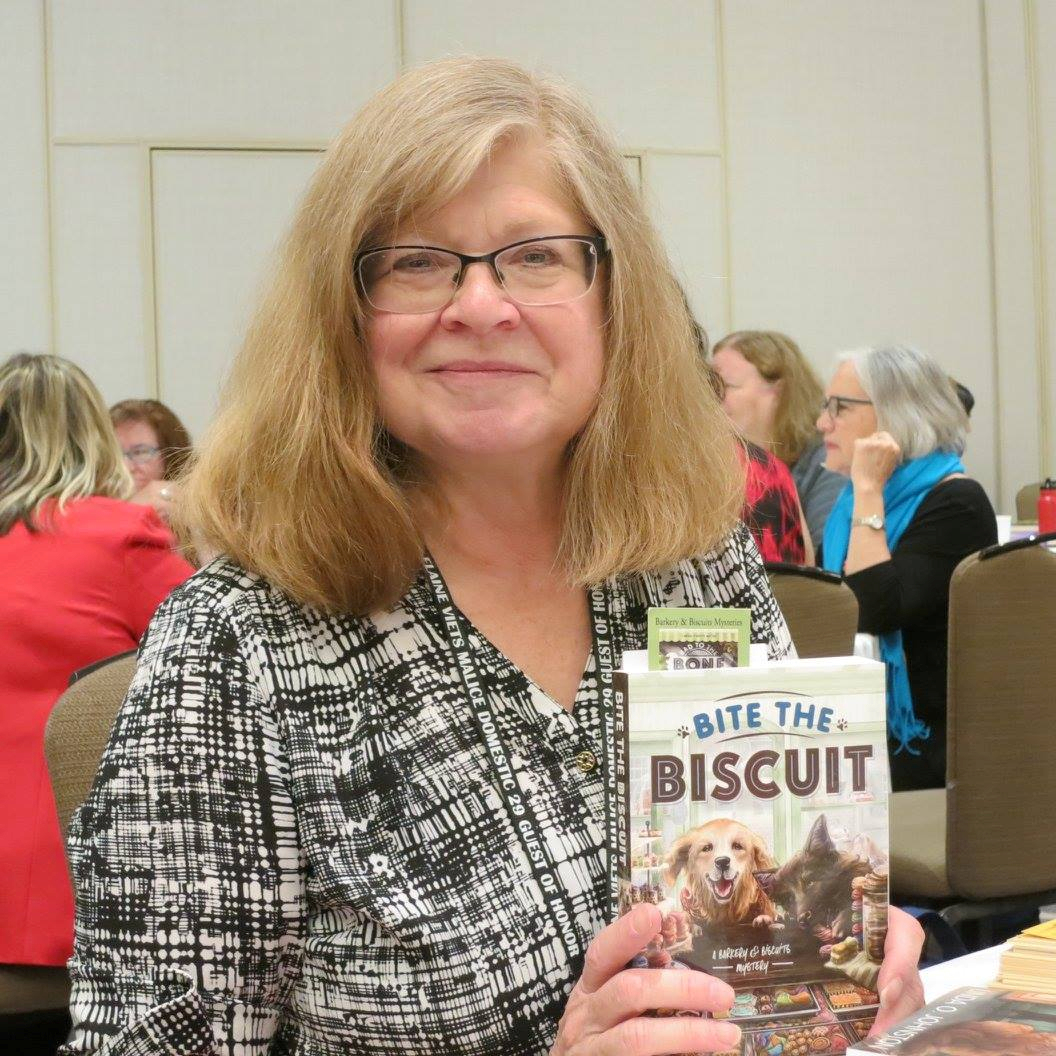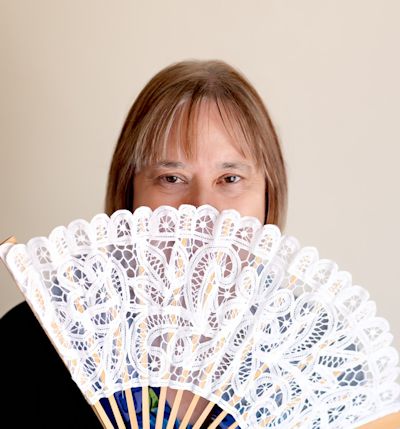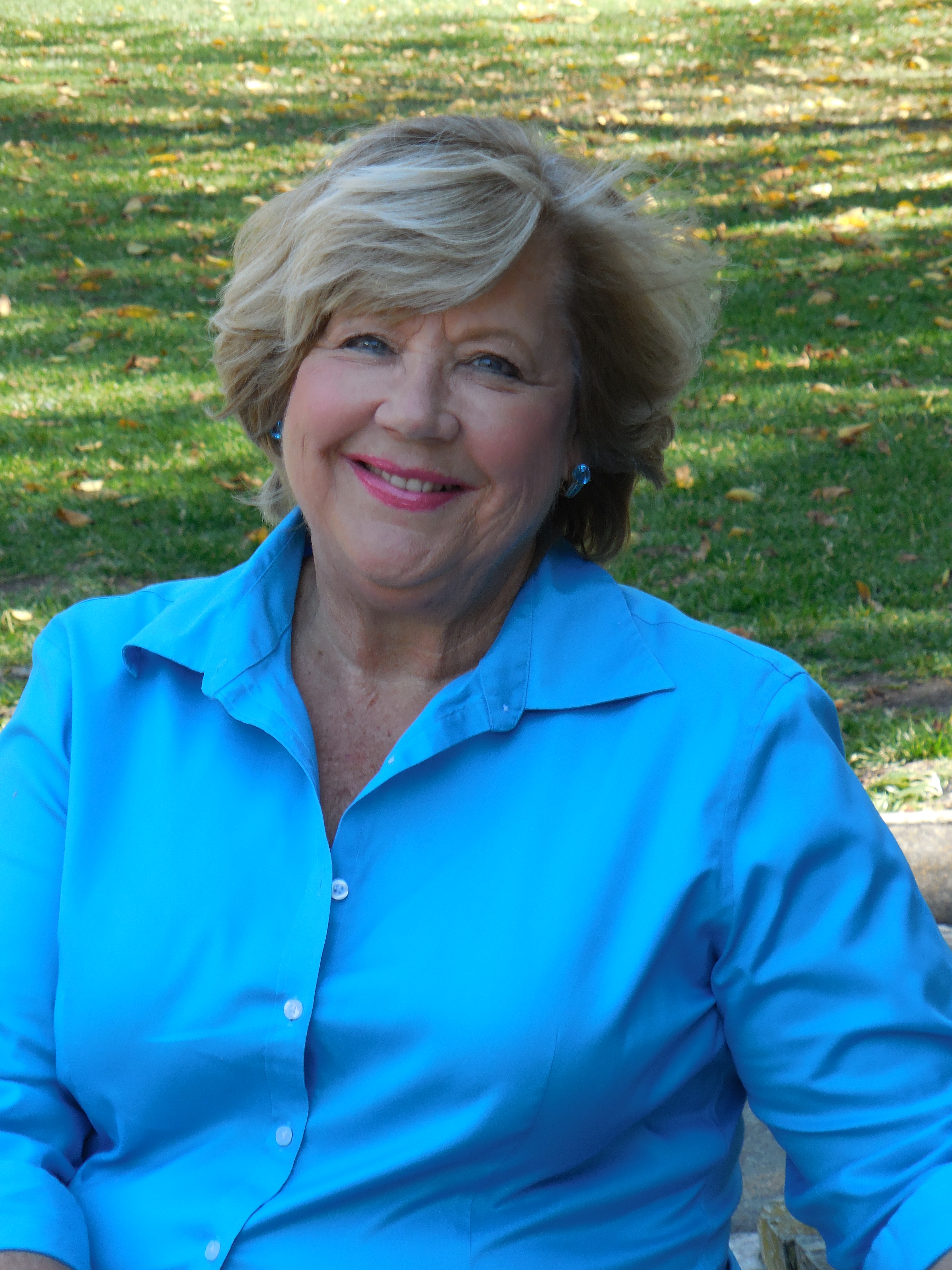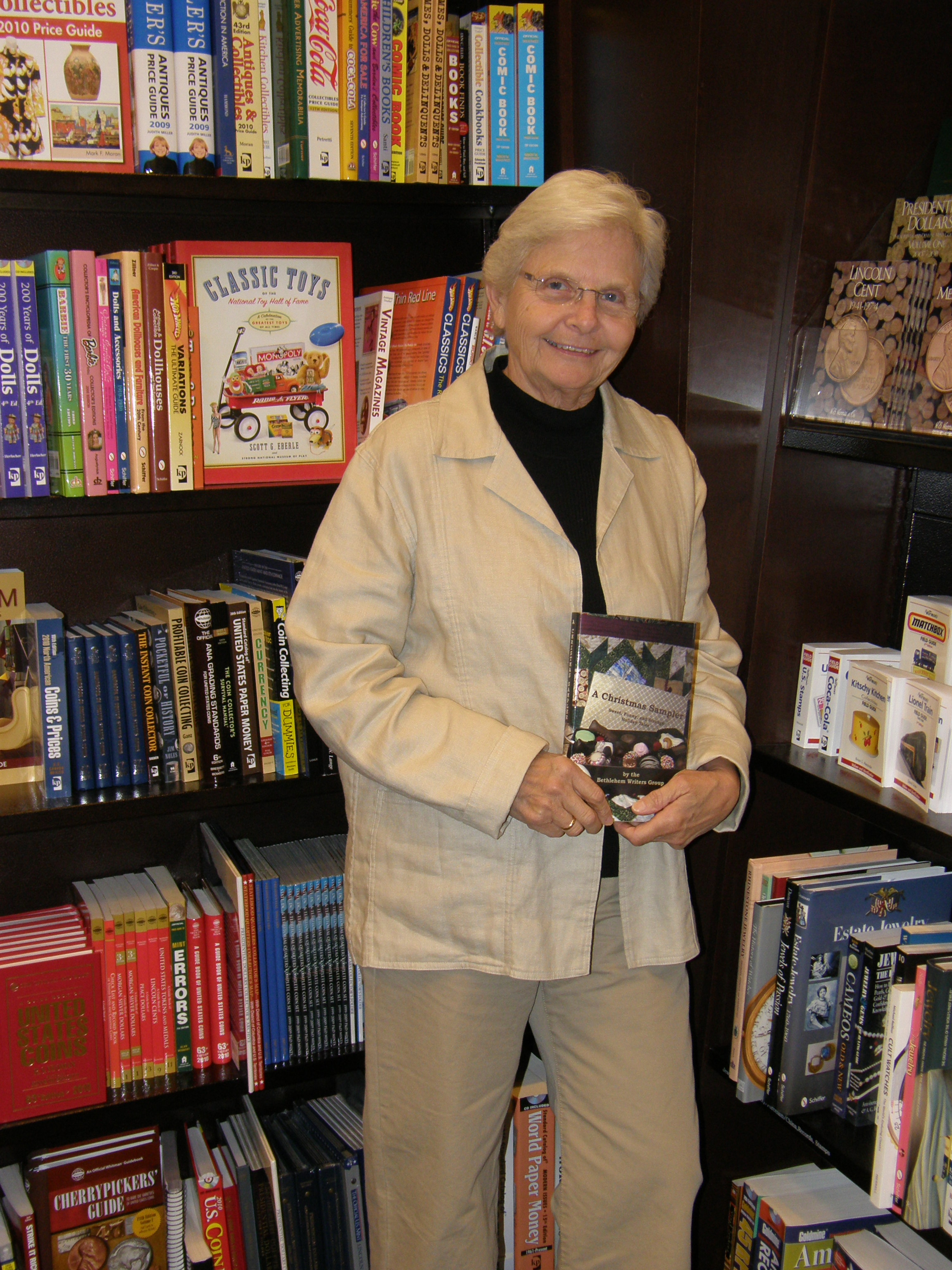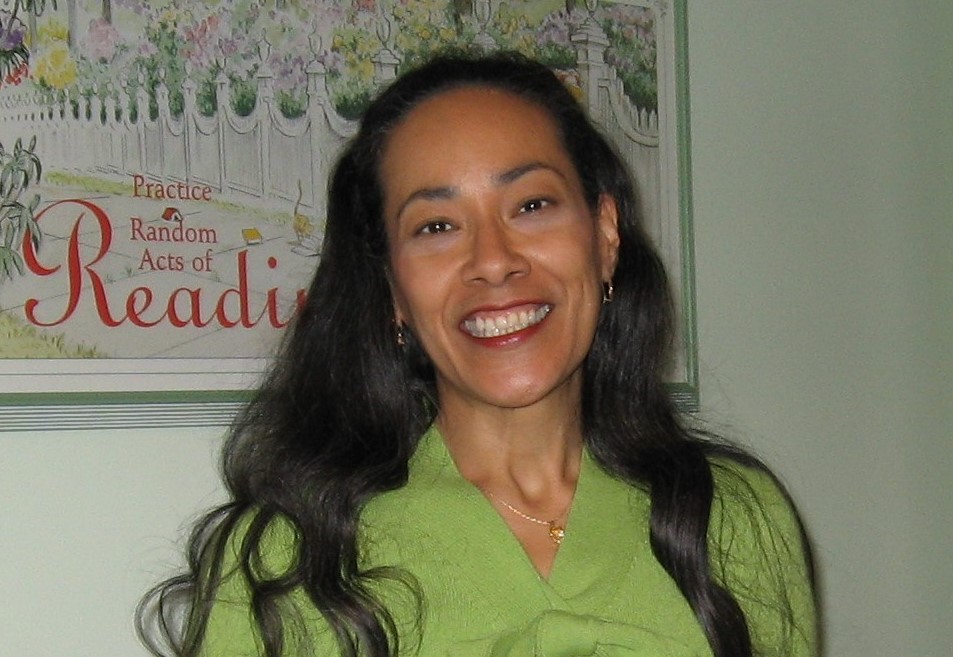Happy Fall… Or is it autumn?!
September 28, 2020 by Alina K. Field in category Quarter Days by Alina K. Field, Writing tagged as American English, British English, historical fiction, Spelling and Punctuation, writing craftA Quarter Days’ Post
Greetings! I’m back for my quarterly post about various and sundry things related to writing historical fiction.
In my last post I talked about the delights of playing with words and creating Tom Swifties.
Today I’m talking about the difference between English and English, as in American vs. British.
Is it fall? Or is it autumn? More on that later.

What’s in your tool kit?
Words are the building blocks we writers and speakers use to create story. We start hoarding those blocks early, and the resulting vocabulary says much about our own personal settings—where we grew up, what our social milieu is, what our family is like.
A case in point—my grandkids’ first words. We waited with bated breath for each munchkin’s first spoken vocabulary word. I coached them repeatedly (and unsuccessfully) to say “mama”.
But for both of them the first word was… DOG! (Yes, we do love our dogs.)

Fledgling writers
are taught “write what you know”. I wonder why? It’s a lot more fun to step outside the known world. But it does lead to challenges.
The biggest challenge: You don’t know what you don’t know.
For a 21st century American like me trying to set a story in Georgian England, there are a million opportunities to err.
First there’s the issue of etymology. Was a word used during this story’s time period?
A couple of examples from a Regency first draft I was beta reading for a friend:
- Hooligan: a great word, right? Unfortunately it dates to the 1890s.
- Foyer: Sadly, this dates to 1859.
And a couple from my own first drafts:
- Merry Widow: as my editor pointed out, this phrase references Franz Lehar’s operetta’s English title from 1907. Just a tad later than the Regency!!!
- Shack: Not only is this a later word (1878) but it’s of American or Canadian origin.
Which brings up another potential pitfall for the fledgling Regency Romance author.
American vs. British
Americans and Brits may speak the same language, but we use different words.

I’m fortunate to work often with an editor in England, and so I’ve compiled my own list of Americanisms for my own pre-editing purging.
Some more examples:
This very funny post from a British writer complete with illustrations.
And a list of 60 American English words translated into British English.
Spelling and punctuation are different too.
Once, long ago, while reading one of Georgette Heyer’s books, I wondered why they kept writing “cosy” instead of “cozy”. Why had so many misspellings slipped past the editor?
The British spelling was different enough to make it a jarring read for this ignorant and unaware American who happens to be a good speller. Fortunately, I’m wise to them now.
There are also punctuation differences. Here’s a short post about some of those.
And a long one about spelling differences.
I don’t believe Regency readers will pillory an author over this issue, so I’ve settled on using American spelling and punctuation in my stories.
One might say, in this area at least, I’m writing what I know!
Do you suppose we’ll ever go “one-world” on the spelling and punctuation rules?
Happy fall (and autumn) to everyone, and I’ll be back in December!
Images credits: autumn leaves and dog are from Stencil (I’d happily claim that dog though!); image of words is from Wikimedia Commons.
2 0 Read more
Tom Swifties and the Art of the Dialogue Tag
June 28, 2020 by Alina K. Field in category Quarter Days by Alina K. Field, Writing tagged as Dialogue Tags, Puns, Tom Swifties
One of the rules of contemporary fiction is that all words ending in -ly ought to be found in a Word search and banished.
Another rule is to avoid using substitutes for said: no murmurs, grunts, hisses, etc.
But it wasn’t always this way!
In what I always think of as the Golden Age of pulp fiction, an author might get away with a Tom Swifty. Though I have a degree in English and I’ve been to countless writing conferences, I only just learned this term from one of Anne R. Allen’s blog posts.
So what is a Tom Swifty?
In case you don’t have time to link to the Merriam-Webster article here’s the definition:
“A Tom Swifty is a play on words taking the form of a quotation ascribed to Tom and followed by an adverb.”
Or, as Wikipedia says, it’s
“a phrase in which a quoted sentence is linked by a pun to the manner in which it is attributed.”
Tom Swift

A “punny” guy
First published in 1910, the Tom Swift books spanned multiple series, and were written by Edward Stratemeyer and other authors under the pseudonym Victor Appleton. Stratemeyer was also the creator of the Hardy Boys, Bobbsey Twins, and Nancy Drew books.
I haven’t read Tom Swift, but I grew up with Nancy Drew. Wouldn’t it be wonderful to have as many successful book series as Edward Stratemeyer?
Another famous author of commercial fiction used this sort of “punny” literary device: Charles Dickens. Ah, the good old days when authors could have more fun.
Examples, please…
A whole book has been written on the subject, Tom Swifties, by Paul Pease and Bill McDonough. The few copies available start at $40 on Amazon!
But, the Wikipedia article on the subject has a long list of howlers like these:
- “I love hot dogs,” said Tom with relish.
- “I forgot what I needed at the store,” Tom said listlessly.
- “I have no flowers,” Tom said lackadaisically.
I could see these working in a humorous cozy mystery!
Do you have a favorite Tom Swifty? Share in the comments below!
7 0 Read moreWomen in Banking #WomensHistoryMonth
March 28, 2020 by Alina K. Field in category Quarter Days by Alina K. FieldWelcome to my quarterly blog at A Slice of Orange!
We’re living in interesting times, and I was tempted to write a post about historical plagues and pandemics… But, if you’re like me, you’re heartily sick of hearing about them.
So, since March is Women’s History Month in the U.S., I’m sharing a gem of a book I found about women bankers.

Women Who Made Money: Women Partners in British Private Banks 1752-1906 , by Margaret Dawes and Nesta Selwyn
Regency romance enthusiasts will know the story of Sarah Sophia Fane Child Villiers, Countess of Jersey and one of the patronesses of Almack’s. Sarah inherited a partnership in Child’s Bank, and became an active participant in the bank’s management until her death in 1867. (Her mother, also named Sarah, had been cut out of the will after her scandalous elopement to Gretna Green with the Earl of Westmoreland!)

But, you ask, didn’t the law say that all of a woman’s property became her husband’s upon marriage?
The authors explain how some women, either through the wisdom of enlightened parents or their own power as widows managed this:
The law has always offered loop-holes. Provision could be made in her marriage settlement for a woman to retain the use of her own property . . . It was also possible for a woman’s property to be placed in the hands of trustees before her marriage, so that her husband could have no use of it without her consent.

Marriage settlements were extremely important financial and legal agreements negotiated by wealthy parties prior to marriage. Today, we call those “pre-nups”.
Middle-class Country Bankers
The book includes the stories of Lady Jersey and Harriet Mellon Coutts, an actress who inherited her husband’s interest in Coutts Bank and went on to marry the Duke of St. Albans (and still retain ownership of her wealth). But most of the seventy-six women bankers were solidly middle-class.

Many women established country banks with husbands or sons. Some inherited banks. Many also engaged alone or with husbands in other types of commerce, such as shipping, mining, or manufacturing.
And you won’t find most of these women mentioned in Wikipedia!
If you’re interested in a chronicle of women in business in the eighteenth and nineteenth century, you might enjoy this book.
Wishing you much good health until we meet again in June!
10 0 Read moreHappy Holidays!
December 28, 2019 by Alina K. Field in category Quarter Days by Alina K. Field tagged as #NewRelease, Jewish FictionI’m back with my Quarter Days’ post!
If you celebrated Christmas a few days ago, I hope you had a merry one with family and friends. And if you’re in the midst of celebrating the eight days of Hanukkah, well, my wish for you is the same!

Which reminds me of a story my sister once shared. She was lamenting about having to choose and buy Christmas gifts for her three kids. The doctor she worked with said, “Ha! Try having to buy one gift for each night of Hanukkah for each of my three kids.” (Maybe it’s not obvious, but this was a mom-doctor, not a dad-doctor.)
Something different
Today, instead of talking about historical traditions related to the Yuletide, I wanted to share Of The Book, a new anthology–not fuzzy-feeling-inducing holiday romances, but scary, raise-the-hair-on-your-neck stories.
In a word, horror! And more specifically stories rooted in Jewish folklore.
I’m especially excited that this anthology includes a chilling story by my niece, Hadley Scherz-Schindler. (Proud aunt here!) More on her contribution, “The Baby Naming” below.
A Re-emerging Genre
Around the time I was planning this post, I received an email about a new marketing report from Alex Newton founder and proprietor of the book analytics firm, K-Lytics.
Alex has just published his first ever Horror Fiction report. He often has his finger on the pulse of the market, and he’s seen a surge of interest in straight up horror fiction. I wish that the late Joyce Ward, who once told me she loved writing Horror, was around to take advantage of this trend.
In any case, if you’re a fan of the genre, here’s a bit about the anthology:

Of The Book
For nearly 6000 years the Jewish people have been gathering stories. Stories of sheydim and golem. Stories of heroes and monsters.
For as long as the People of the Book have been, they have been storytellers. Gathered here are tales of contemporary Jewish folklore. Frightening, supernatural, uplifting and upsetting. These Jewish writers took old tropes, legends and concepts of an ancient faith and spun it into something incredible and new. From across the diaspora, they gather in Of The Book.
The blurb for “The Baby Naming”, by Hadley Scherz-Schindler
A distant Lithuanian cousin, a scholar of the Kabbalah, crashes the naming ceremony for little baby Rachel, sharing a warning about a family curse, and the sacrificial requirement to defeat the demon. But will the exhausted parents heed the warning? And what will happen if they don’t?
Short and scary, I loved this story! I’m dipping into the other eleven hair-raising tales as I get up the nerve.
Buy Link: https://www.amazon.com/Book-Corners-World-1-ebook/dp/B08286LC3M
About Hadley Scherz-Schindler
Hadley Scherz-Schindler grew up in St. Louis, Missouri, a city full of music, barbeque and ghosts. She converted to Judaism when she married into a family of rabbis and has four children who drift between college, grad school and home. Hadley still lives in St. Louis with her husband, Josh, and their collie, Frodo.

Wishing you many blessings for 2020! I’ll be back for a new Quarter Days post in March!
3 0 Read moreAusten and Michaelmas
September 28, 2019 by Alina K. Field in category Writing tagged as #Historical, Hunting in the Regency, Jane Austen, Michaelmas, Mr. BingleyQuarter Days
I’m back with another Quarter Days’ post about Michaelmas
True Janeites (fans of Jane Austen) might be interested in a fun website I stumbled across while researching a story I have in the works.
The “Chronology of Pride and Prejudice, according to MacKinnon and Chapman” takes us through the detailed timeline of P&P’s events. (Oh, to be such a renowned author that fans prepare a chronology for your novel.) I don’t know about my fellow A Slice of Orange authors, but I always have to check and double-check that I have the story days correct.

Mr. Bingley moves in
Pride and Prejudice begins when Mr. Bingley takes the lease to Netherfield Manor and moves in.
As I’ve mentioned in earlier posts, Quarter Days might be occasions for feasting and parties, but they also had a commercial significance. Contracts were entered into or terminated, property was leased, and rents and wages were paid. Thus, as the story begins, a wealthy bachelor in need of a wife kicks off the story by becoming a neighbor of Mr. Bennet, a man with five unmarried daughters.

And Mr. Bingley has been kind enough to bring along an even richer bachelor friend! Well of course; late summer/early autumn was also the start of hunting season, when a man might welcome parties of friends to tramp through his fields and shoot birds. Mr. Bingley would want to show off his new domain to his influential friend, Mr. Darcy.
The Glorious Twelfth
Hunting season started on the Glorious Twelfth of August, after the social and parliamentary season ended. Presumably farmers had finished the harvest, so the crops were safe from hordes of hunters.

Bird season began a bit later, in September running through October. Hunting in Britain was very much dominated by the elites, even during periods of economic downturn and food scarcity. Ownership of weapons and even dogs was restricted, and penalties for poaching might include transportation. (See my post about this topic.)
Autumn was prime house party season also because families had shipped off their young males to boarding school in time for the Michaelmas term. No young boys would be running about distracting the shooters or worse, accidentally shooting themselves in the foot. They’d be back home though for the next Quarter Day, Christmas, which is when I’ll return to A Slice of Orange. See you then!
For more about Michaelmas, take a look at my earlier posts: Michaelmas Goose, and A Michaelmas Menu.
8 0 Read moreAffiliate Links
A Slice of Orange is an affiliate with some of the booksellers listed on this website, including Barnes & Nobel, Books A Million, iBooks, Kobo, and Smashwords. This means A Slice of Orange may earn a small advertising fee from sales made through the links used on this website. There are reminders of these affiliate links on the pages for individual books.
Search A Slice of Orange
Find a Column
Archives
Featured Books
INTIMATE RELATIONS
A woman in a window. A cop out of his element. A crime of unimaginable passion.
More info →#Me Too
#MeToo: Essays About How and Why This Happened, What It Means and How To Make Sure It Never Happens Again
More info →PATIENT ZERO: A JOE LEDGER NOVEL
When you have to kill the same terrorist twice in one week there's either something wrong with your world or something wrong with your skills...
More info →A CHRISTMAS SAMPLER: Sweet, Funny, and Strange Holiday Tales
Winner of the 2010 Next Generation Indie Book Awards for Best Short Fiction and Best Anthology
More info →Newsletter
Contributing Authors
Search A Slice of Orange
Find a Column
Archives
Authors in the Bookstore
- A. E. Decker
- A. J. Scudiere
- A.J. Sidransky
- A.M. Roark
- Abby Collette
- Alanna Lucus
- Albert Marrin
- Alice Duncan
- Alina K. Field
- Alison Green Myers
- Andi Lawrencovna
- Andrew C Raiford
- Angela Pryce
- Aviva Vaughn
- Barbara Ankrum
- Bethlehem Writers Group, LLC
- Carol L. Wright
- Celeste Barclay
- Christina Alexandra
- Christopher D. Ochs
- Claire Davon
- Claire Naden
- Courtnee Turner Hoyle
- Courtney Annicchiarico
- D. Lieber
- Daniel V. Meier Jr.
- Debra Dixon
- Debra H. Goldstein
- Debra Holland
- Dee Ann Palmer
- Denise M. Colby
- Diane Benefiel
- Diane Sismour
- Dianna Sinovic
- DT Krippene
- E.B. Dawson
- Emilie Dallaire
- Emily Brightwell
- Emily PW Murphy
- Fae Rowen
- Faith L. Justice
- Frances Amati
- Geralyn Corcillo
- Glynnis Campbell
- Greg Jolley
- H. O. Charles
- Jaclyn Roché
- Jacqueline Diamond
- Janet Lynn and Will Zeilinger
- Jaya Mehta
- Jeannine Atkins
- Jeff Baird
- Jenna Barwin
- Jenne Kern
- Jennifer D. Bokal
- Jennifer Lyon
- Jerome W. McFadden
- Jill Piscitello
- Jina Bacarr
- Jo A. Hiestand
- Jodi Bogert
- Jolina Petersheim
- Jonathan Maberry
- Joy Allyson
- Judy Duarte
- Justin Murphy
- Justine Davis
- Kat Martin
- Kidd Wadsworth
- Kitty Bucholtz
- Kristy Tate
- Larry Deibert
- Larry Hamilton
- Laura Drake
- Laurie Stevens
- Leslie Knowles
- Li-Ying Lundquist
- Linda Carroll-Bradd
- Linda Lappin
- Linda McLaughlin
- Linda O. Johnston
- Lisa Preston
- Lolo Paige
- Loran Holt
- Lynette M. Burrows
- Lyssa Kay Adams
- Madeline Ash
- Margarita Engle
- Marguerite Quantaine
- Marianne H. Donley
- Mary Castillo
- Maureen Klovers
- Megan Haskell
- Melanie Waterbury
- Melisa Rivero
- Melissa Chambers
- Melodie Winawer
- Meriam Wilhelm
- Mikel J. Wilson
- Mindy Neff
- Monica McCabe
- Nancy Brashear
- Neetu Malik
- Nikki Prince
- Once Upon Anthologies
- Paula Gail Benson
- Penny Reid
- Peter J Barbour
- Priscilla Oliveras
- R. H. Kohno
- Rachel Hailey
- Ralph Hieb
- Ramcy Diek
- Ransom Stephens
- Rebecca Forster
- Renae Wrich
- Roxy Matthews
- Ryder Hunte Clancy
- Sally Paradysz
- Sheila Colón-Bagley
- Simone de Muñoz
- Sophie Barnes
- Susan Kaye Quinn
- Susan Lynn Meyer
- Susan Squires
- T. D. Fox
- Tara C. Allred
- Tara Lain
- Tari Lynn Jewett
- Terri Osburn
- Tracy Reed
- Vera Jane Cook
- Vicki Crum
- Writing Something Romantic
Affiliate Links
A Slice of Orange is an affiliate with some of the booksellers listed on this website, including Barnes & Nobel, Books A Million, iBooks, Kobo, and Smashwords. This means A Slice of Orange may earn a small advertising fee from sales made through the links used on this website. There are reminders of these affiliate links on the pages for individual books.
